On the third day, Link rose again
The Legend of Zelda: Majora’s Mask is unlike any other Zelda game in the series. For instance, there’s no sign of the franchise’s classic villain Ganon, and no Zelda outside of a quick flashback reference.
It’s also a decidedly darker affair, with strong themes of depression, anxiety, and general angst due to the impending end of the world. Heck, there’s even straight-up voyeurism quest and the assumption of dead people’s identities.
Majora has a lot of really cool ideas, and most of them are augmented by the slight upgrades found in Majora’s Mask 3D.

The Legend of Zelda: Majora’s Mask 3D (3DS)
Developer: Nintendo EAD Tokyo. Grezzo
Publisher: Nintendo
Released: February 13, 2015
MSRP: $39.99
Majora’s Mask is a sequel to Ocarina of Time, making it perfect for people to pick up right after playing Ocarina 3D. You don’t need to play any prior Zelda entry though, as Majora stands completely on its own. Kicking off as a search for Link’s pal Navi, he ends up meeting Skullkid, who is in possession of an evil mask. One thing leads to another, and he finds himself cursed, and in a foreign land named Termina, with its capital Clock Town smack dab in the middle. Oh, and a giant Moon is going to destroy everything in just three days because of Skullkid. No pressure.
Visually Majora 3D has a nice new sheen to it, and if you go back and compare it to its classic version, it looks better across the board. Everything is brighter, more crisp, and less jaggy, breathing new life into Termina that I never really saw before. Like specific bits of the story, it definitely doesn’t feel like a current-era title, and if you were turned off by Ocarina 3D‘s visuals you likely won’t be amazed here either.
The first thing you might notice after dropping into the world is that Clock Town doesn’t feel like your typical RPG town. It’s alive, bursting with people going about their daily routines, with different dialog at different times of day. That’s because Majora runs on a time system, with a full night and day cycle. After three days the Moon will crash into the world and kill everyone, but you have a few tricks up your sleeve to prevent that from happening.
Masks, man. Masks are life. You’ll have three major ones at your disposal that you’ll acquire through the main storyline, which let you change forms to a light, medium, and heavy build. All of them have their own tricks of the trade, like walking on lava without taking damage, rolling about the world, or the power to swim swiftly. You’ll also find a great deal of other ancillary masks that have their own benefits, like a quicker run speed or the peculiar power to blend in with enemies — usually in a humorous fashion as they don’t recognize what is clearly a young boy with a giant mask on. Finding and using all of the masks is half the fun, but a lot of them are still fairly useless outside of one specific quest.
To deal with the whole “end of the world in three days” thing, you’ll learn the Song of Time very early into the game with your trusty Ocarina, which resets the cycle entirely and lets you play “from the beginning.” All of your Rupees, consumable items, and dungeon progress are reset. Sounds punishing right? Well, not really if you understand how the system works.
For one thing, you can play something called the “Inverted Song of Time” immediately, which slows down the clock on a permanent basis (for each cycle). You can also store your Rupees in the town bank and pick them up even if you reset time, and consumables can be replenished in seconds by whacking the right bushes. To prevent yourself from running out of time while in the middle of a dungeon, just unlock said dungeon, then immediately play the Song of Time, and the Inverted Song, giving yourself three entire days to complete it.
It’s that simple. While the time element is a cool feature that does add a unique element to Majora, you can manipulate it in such a way that it doesn’t become a true detriment to your quest. Oh, and in Majora 3D, the Song of Double Time now goes to an exact hour instead of just cycling up between the next day and night period — gone are the days of waiting around for 15 or more minutes just to initiate an event.
You also have the Song of Soaring, which is basically fast travel for any Owl Statue you happen to find in the world. When coupled with the power to go portable on the 3DS, Majora 3D is easily one of the most convenient Zelda entries to date. As you can clearly see a lot of the frustrating parts have been taken out. Some may call it casual; I call it progress.

Of course, Majora is still frustrating at times. There are some really stupid gates on progress in some areas outside of the time cycle. Bottles are more plentiful than any other Zelda game, but they are very hard to come by at first. One specific part of the story takes place in Termina Bay, and tasks players with capturing objects in bottles. There are far more objects than actual bottles at that point, and even if the player has more than one, it takes multiple trips to go into the staging area, then slowly return to “deliver” them before going to get more. It’s an antiquated design coupled with a stealth section that throws you out of the zone instantly if you’re seen. The stealth mechanic has a few neat hidden mechanics you can throw at it, but the elongated fetch quest is still just plain not fun.
Majora also still does that dumb thing where if it becomes “Dawn of the Second Day” for instance while you’re in the middle of questing, it will pause, show the flavor text, and then dump you back into the area like you just zoned in. Why is this still a thing? Many a time I was busy doing an annoying quest like tracking down a hidden object, and completely started back at square one because of the notification. There’s also a few more relics of the past, like a Wizzro miniboss fight that feels like it’s re-used five times over. While it may be advanced thematically, a lot of the actual quest line feels dated.
Thankfully, the gameplay holds up for a 3D action romp, especially with the 3DS enhancements. Just like Ocarina there’s now a map on the bottom screen, and it’s leaps and bounds above what the N64 was capable of with that tiny allotment in the corner — it’s especially great on quests where enemies show up as icons on the map (like the aliens at Romani Ranch). You can also assign extra items on the touch screen, which comes in handy for all of the masks you’re going to pick up. The Ocarina and Pictobox (camera) are on dedicated touch buttons too. The former is very nice as it’s used constantly, but it would have been nice to change the latter as I rarely take pictures. Majora 3D also supports the Circle Pad Pro for camera manipulation, or if you have it, the New 3DS’ C-Stick nub.
The Sheikah Stones are also back, which basically serve as an in-game video “Super Guide.” Majora is probably the most deserving Nintendo release for this feature, because of how cryptic it can be. The other big upgrade is the enhancement of the Bomber’s Notebook, which keeps track of quests and persons of interest in Termina. It’s not super explicit now but it’s very useful, armed with an alarm feature, a full calendar of all three days with breakdowns for day and night, and full quest tracking for each step. You can also find times for the availability of certain characters. Two new fishing holes are also in if you like that sort of thing.

All four of the core dungeon bosses have also been altered slightly, mostly providing a giant Majora-themed “eye” as a weakpoint during their vulnerable phase. I know some of you will hate the “casual” weakpoint alteration, but to me they’re ultimately a non-issue. In the end, you hit the boss, it gets stunned and vulnerable, and you slash it a bunch of times. Having a big eyeball in play doesn’t really make much of a difference since the fights are still memorable.
The third and fourth guardians, Gyorg and Twinmold, are a bit different. Gyorg now has an entirely new phase in his fight, which takes place completely underwater. You also won’t get the Giant’s Mask immediately during Twinmold — only when you kill one half of the duo will the mask drop. Both changes are interesting, especially the latter since it’s no longer a gimmicky throwaway fight.
Nintendo didn’t go above and beyond the call of duty with The Legend of Zelda: Majora’s Mask 3D, but the improvements do in fact make it a more playable experience. Many of the frustrating elements from the original are gone, and because of the nature of the three-day cycle, it’s a perfect thing to pick up, play, and turn off after one cycle completes. Majora still isn’t my favorite Zelda, but I’m much more inclined to go back to it on the 3DS.
[This review is based on a retail build of the game provided by the publisher.]

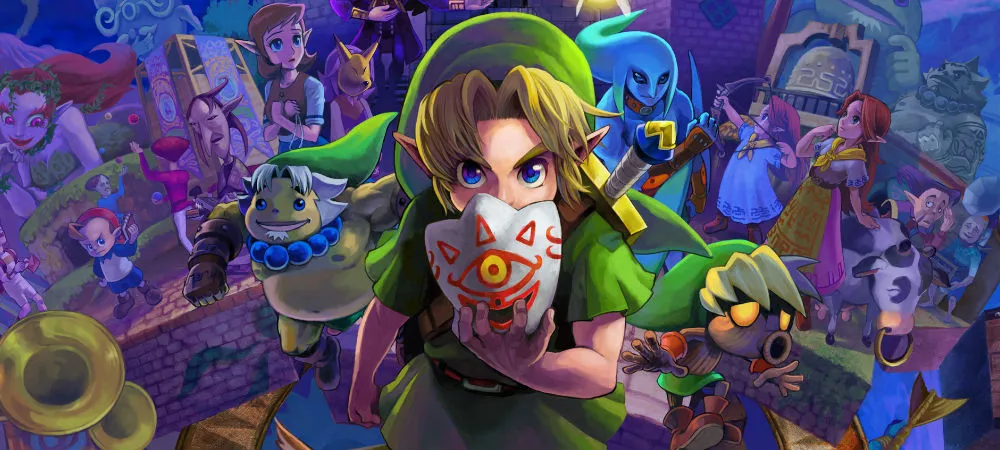
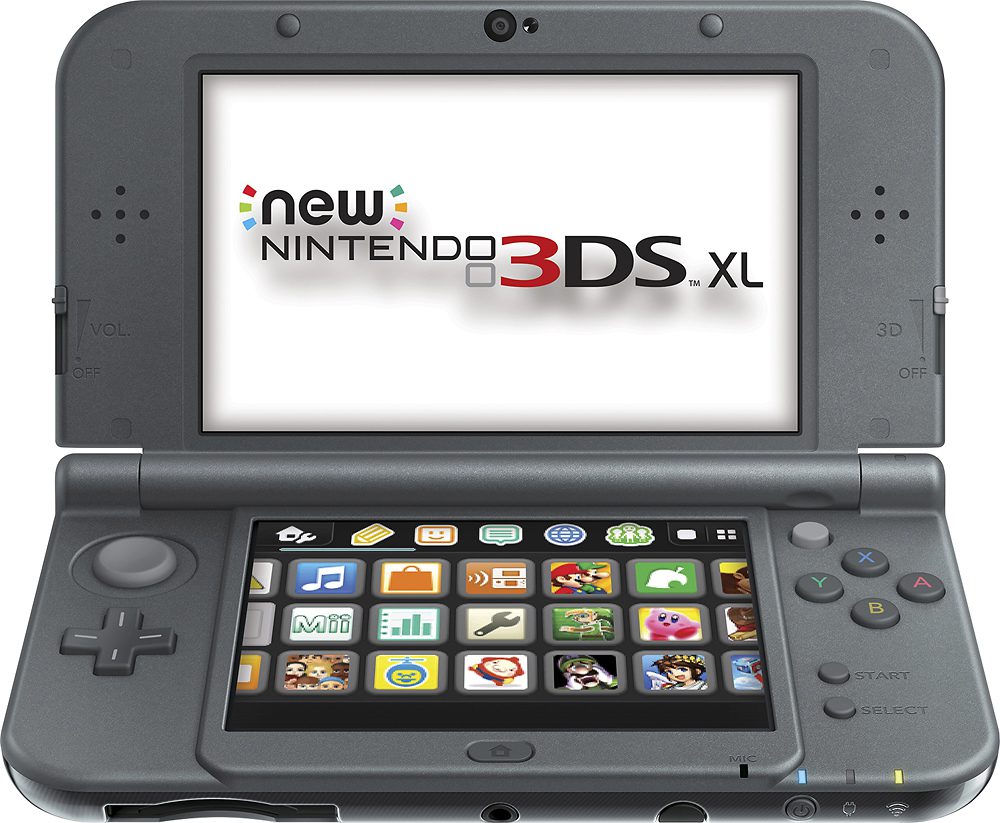
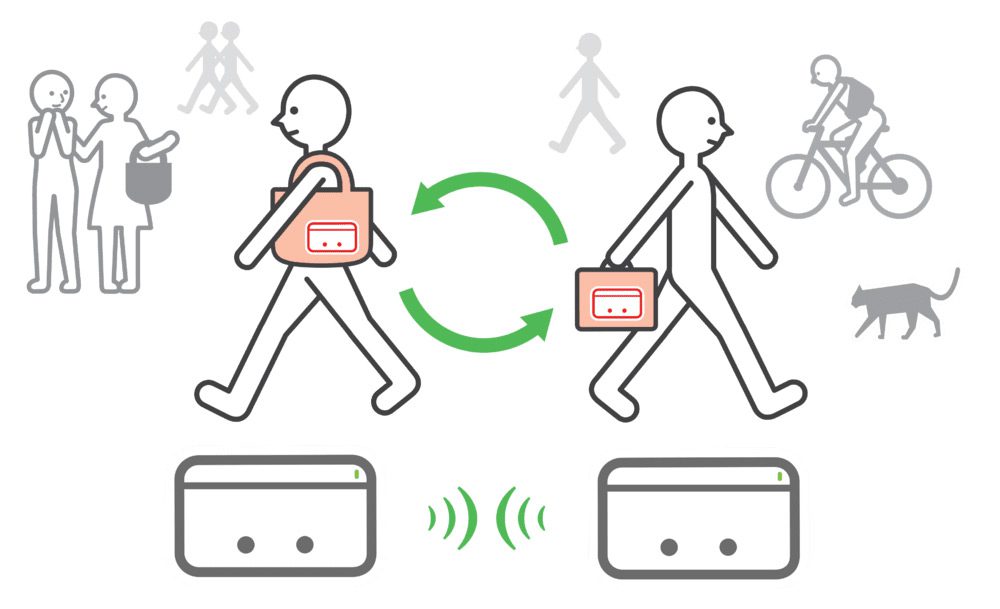
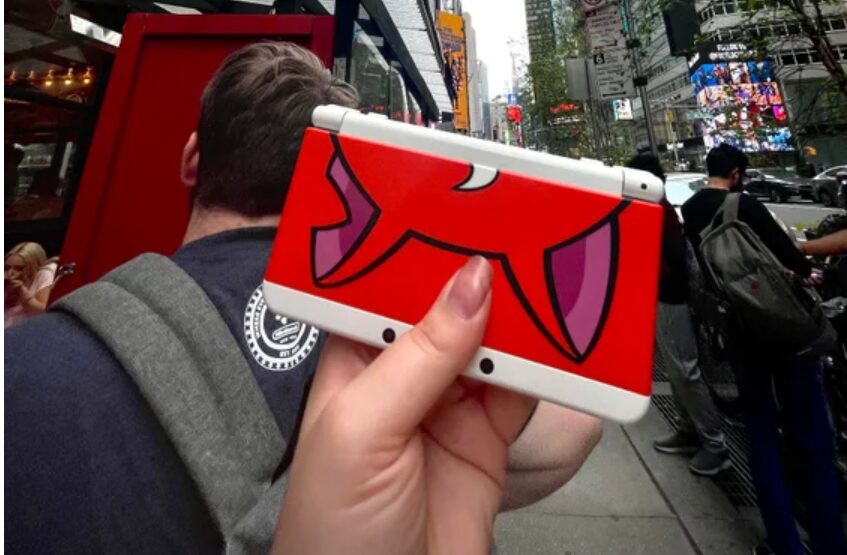
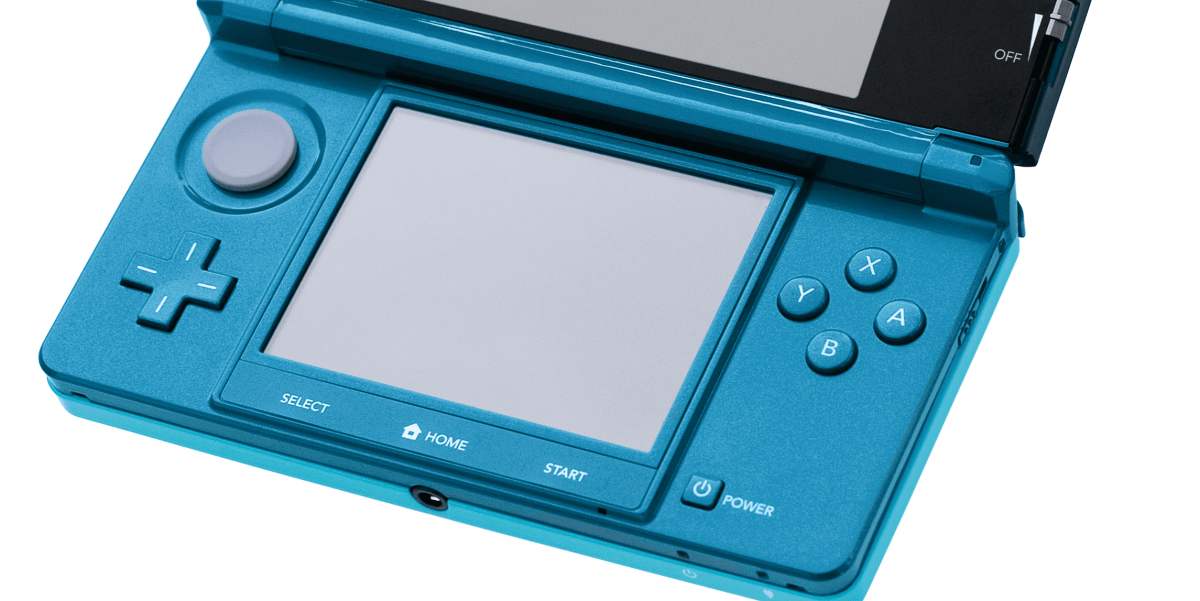

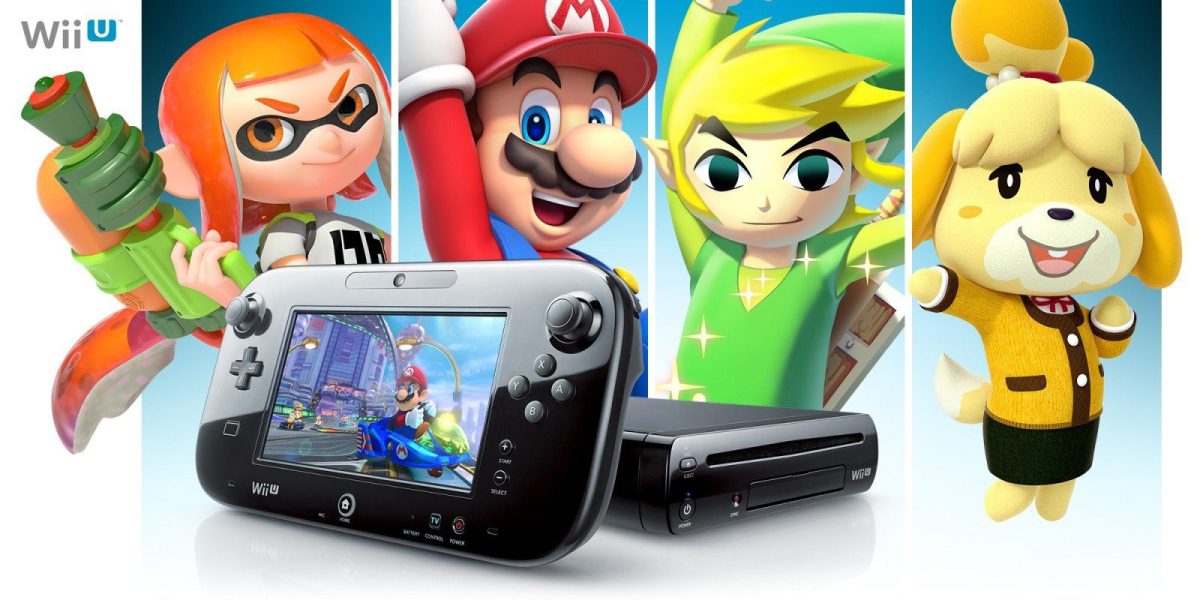
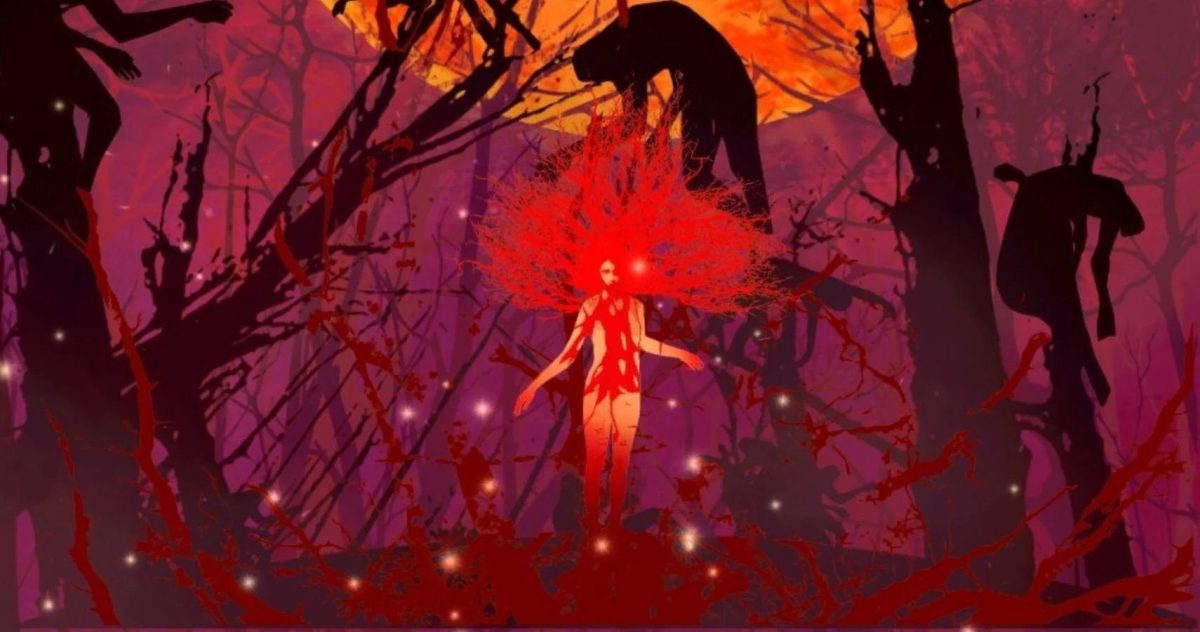
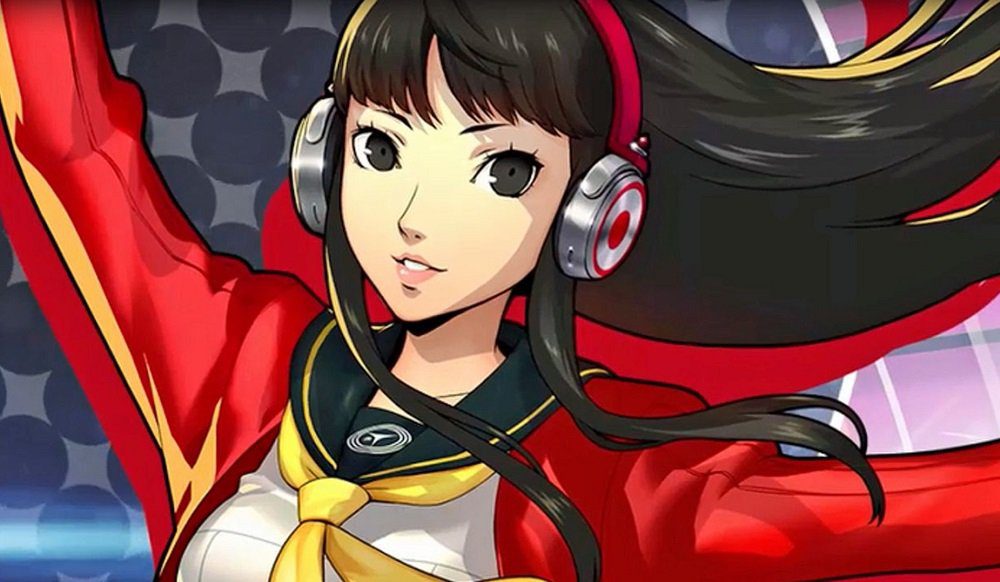
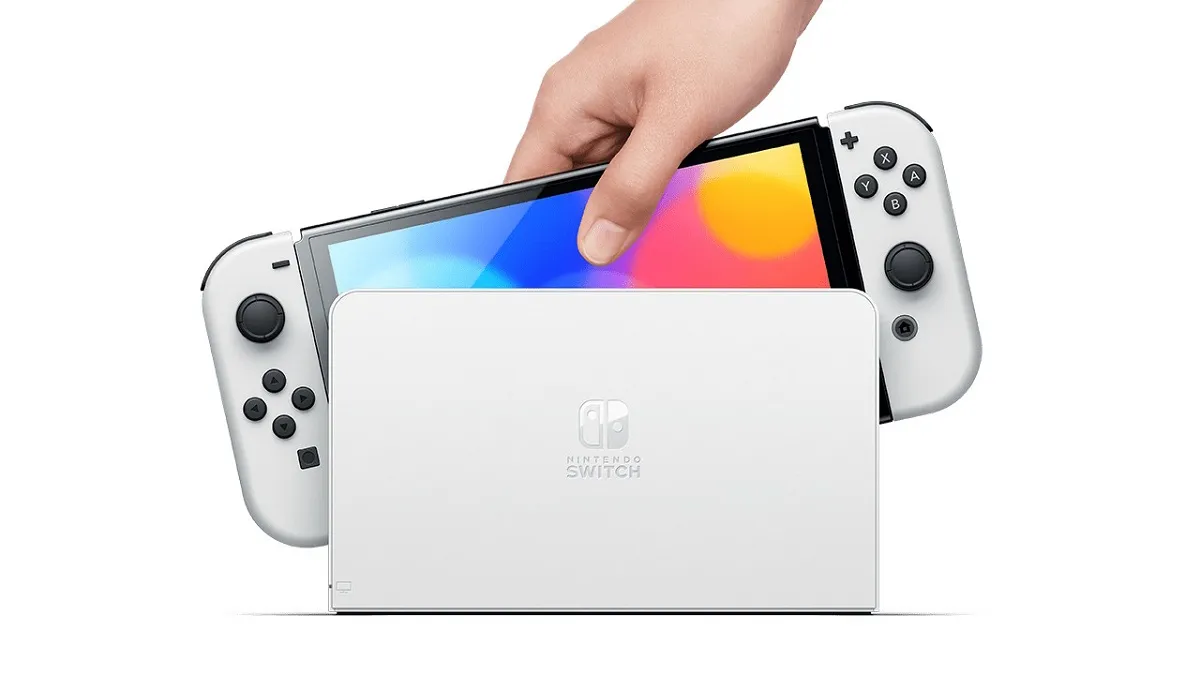
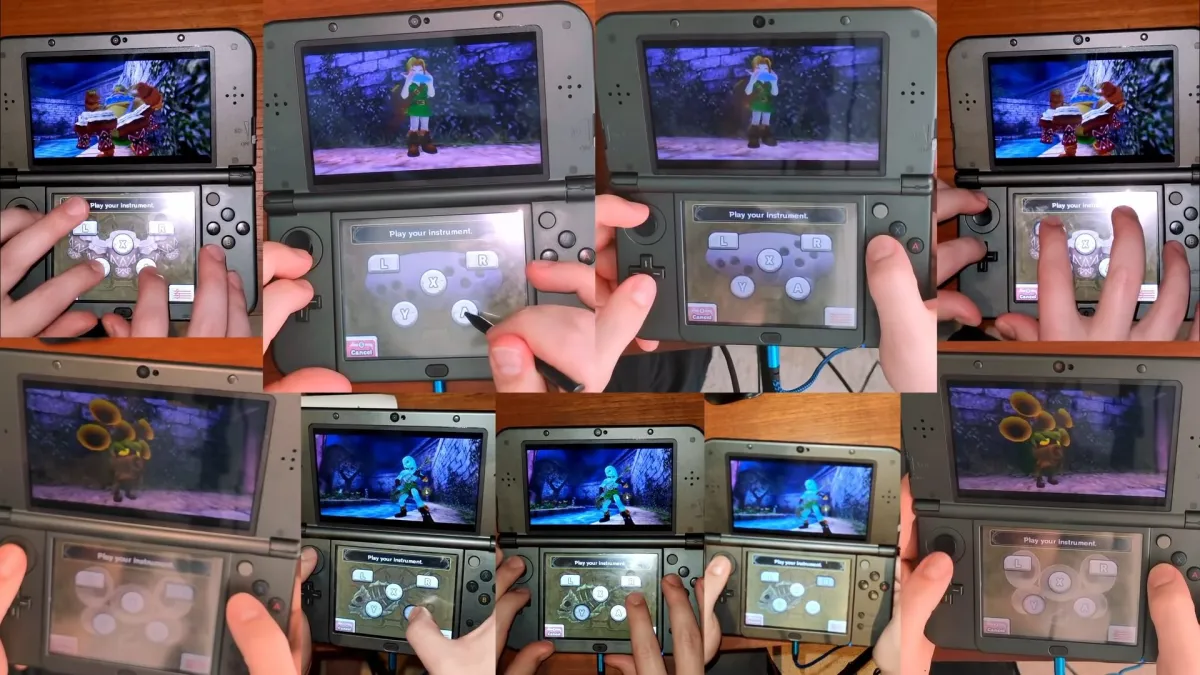
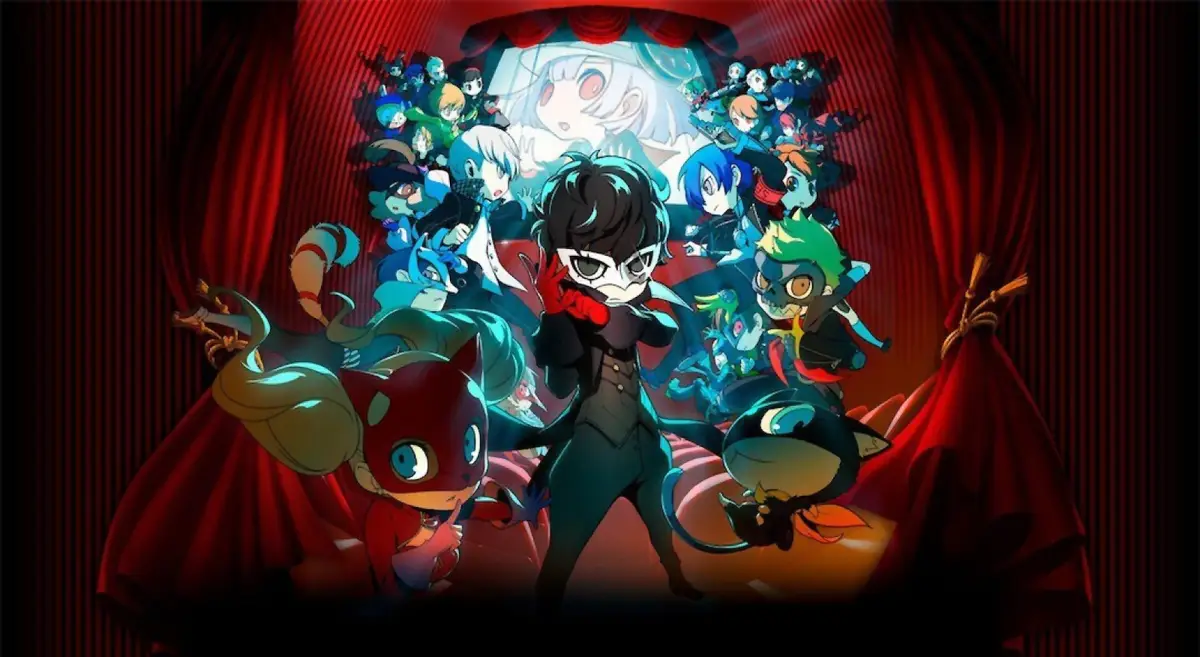
Published: Feb 13, 2015 09:00 am